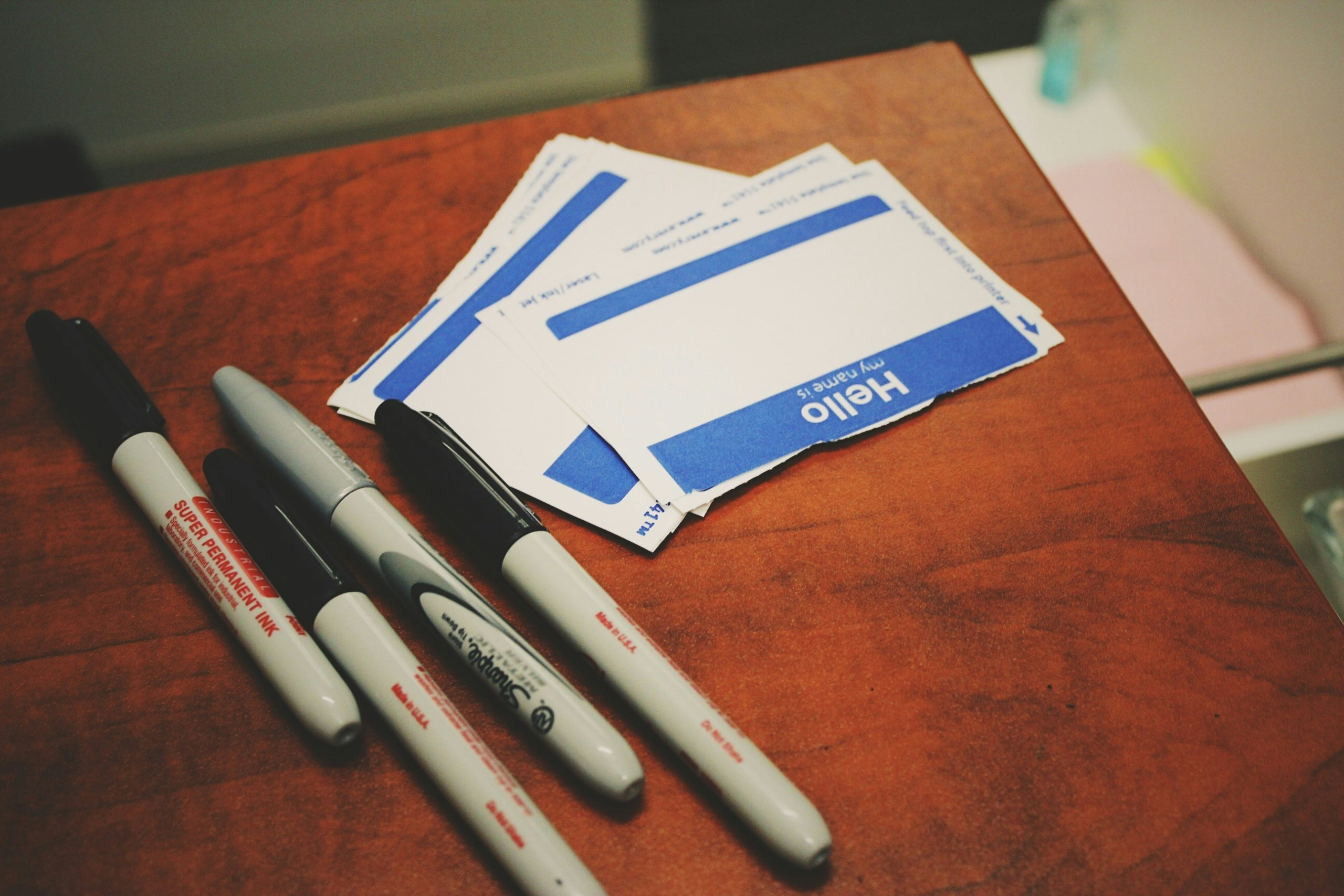MBTI at a glance:
So I’m sure you’ve seen the four-letter combinations such as “ENFP” and “INTJ”. But what do these things really mean? I promise you that “ENFP” does not mean extroverted-intuitive-feeling-perceiving and that these four letters don’t necessarily correlate to your personality
”bUt GeO tHeY’rE pErSoNaLiTy TyPeS!!!”
shh, no, forget everything you know about MBTI. “ENFP” is merely an abbreviated form of the type with the cognitive functions Ne-Fi-Te-Si.
If you do not want to go through this self-analysis, allow me to offer up two good MBTI tests: Typology Central and Sakinorva. Do not take the results for fact. Instead, please paste the sequence from the first (it’ll look something like “Ni > Te = Ti = Se”… etc) or the table provided by the second test in the comments so I can interpret the results for you.
But, in case you actually care what these letters mean:
“Introverted Thinking” — Ti
Ti is best described as ‘subjective logic’. It works based on an internal framework of booleans (yes/no true/false) to come to logical conclutions. It’s subjective because it’s internal. Ti doesn’t ask “what is accepted as logical”, but “what is logical to me”.
“Extroverted Thinking”— Te
Te is best described as— you’ll never guess— ‘objective logic’. It works based on what is generally accepted as true and logical. Te is very efficiency-oriented and doesn’t care somuch how something works as long as it does indeed work
“Introverted Feeling” — Fi
Fi IS NOT EMOTIONS. It’s feeling-based decision making. Fi decides things by looking inward to the individual’s core values and beliefs and deciding if a decision is consistent with their own values.
“Extroverted Feeling” — Fe
Fe IS ALSO NOT EMOTIONS. It’s a decision making process that uses the emotions of others to decide what is of value to them— Fe is socially aware. It checks to see if a decision is consistent with society’s values.
Checkpoint: Which of the four judging functions (Ti, Te, Fi, Fe) do you relate to the most and why?
“Introverted Intuition” — Ni
Ni is introverted intuition and it is ✨psychic and magical✨
Said nobody
Ni is a percieving function that uses pattern recognition to synthesize incoming information and draw conclusions about the world from that information. Ni is often specific in its observations
“Extroverted Intuition” — Ne
Meanwhile, Ne is the real magic to me, an ISTP, with a Ne blindspot, trying to explain this. ANYWAY. Ne also uses pattern recognition, but instead of focusing in on specific conclusions like Ni, Ne searches to understand every possibility. Ne’s approach to intuition is more broad.
“Introverted Sensing“ — Si
Ok, so my interpretation of this function is a bit controversial, but it makes sense. Si is the function most commonly associated with memories, as the person is ‘sensing’ the past internally, from their memories. People with high Si also have a tendency to know when they’re sick and have an either extraordinarily high or extraordinarily low pain tolerance.
“Extroverted Sensing”— Se
Meanwhile, Se is pretty much the easiest to explain— it’s basically awareness of your surroundings. Se users take in information in real time from the world around them, and are generally somewhat athletic, or at least agile
Checkpoint: Which of the four perceiving functions (Ni, Ne, Si, Se) do you relate to the most and why?
So now, if we were successful, you should have one extroverted function (ending in -e) and one introverted function (ending in -i) from each checkpoint. For example, my response for the first was “Ti” and my response for the second was “Se”. If you ended up with two introverted functions or two extroverted functions, please ask me about it in the comments, “My two strongest functions were x and y, am I looping?”
Ok, if you have one introverted function and one extroverted function, it’s time for us to interpret this. One of these functions is your dominant function, which means it’s basically the only function that is constantly in use (except for grips but that’s complicated). Look at your two results. Which of those functions is so strong you don’t even always realize you’re doing it?
- if your strongest were Ti and Se, your Ni is also decently strong. Your stack is Ti-Se-Ni-Fe, and your Fe is a trouble area for you. Your type is ISTP
- if your strongest were Ti and Ne, your Si is also decently strong. Your stack is Ti-Ne-Si-Fe, and your Fe is a trouble area for you. Your type is INTP
- if your strongest were Fi and Se, your Ni is also decently strong. Your stack is Fi-Se-Ni-Te, and your Te is a trouble area for you. Your type is ISFP
- if your strongest were Fi and Ne, your Si is also decently strong. Your stack is Fi-Ne-Si-Te, and your Te is a trouble area for you. Your type is INFP
- if your strongest were Ni and Te, your Fi is also decently strong. Your stack is Ni-Te-Fi-Se, and your Se is a trouble area for you. Your type is INTJ
- if your strongest were Ni and Fe, your Ti is also decently strong. Your stack is Ni-Fe-Ti-Se, and your Se is a trouble area for you. Your type is INFJ
- if your strongest were Si and Fe, your Ti is also decently strong. Your stack is Si-Fe-Ti-Ne, and your Ne is a trouble area for you. Your type is ISFJ
- if your strongest were Si and Te, your Fi is also decently strong. Your stack is Si-Te-Fi-Ne, and your Ne is a trouble area for you. Your type is ISTJ
- if your strongest were Se and Ti, your Fe is also decently strong. Your stack is Se-Ti-Fe-Ni, and your Ni is a trouble area for you. Your type is ESTP
- if your strongest were Ne and Ti, your Fe is also decently strong. Your stack is Ne-Ti-Fe-Si, and your Si is a trouble area for you. Your type is ENTP
- if your strongest were Se and Fi, your Te is also decently strong. Your stack is Se-Fi-Te-Ni, and your Ni is a trouble area for you. Your type is ESFP
- if your strongest were Ne and Fi, your Te is also decently strong. Your stack is Ne-Fi-Te-Si, and your Si is a trouble area for you. Your type is ENFP
- if your strongest were Te and Ni, your Se is also decently strong. Your stack is Te-Ni-Se-Fi, and your Fi is a trouble area for you. Your type is ENTJ
- if your strongest were Fe and Ni, your Se is also decently strong. Your stack is Fe-Ni-Se-Ti, and your Ti is a trouble area for you. Your type is ENFJ
- if your strongest were Te and Si, your Ne is also decently strong. Your stack is Te-Si-Ne-Fi, and your Fi is a trouble area for you. Your type is ESTJ
- if your strongest were Fe and Si, your Ne is also decently strong. Your stack is Fe-Si-Ne-Ti, and your Ti is a trouble area for you. Your type is ESFJ
Something to note: the “E” and “I” have nothing to do with social introversion or extroversion. They’re about cognitive functions only, identifying whether the dominant function is introverted or extroverted. It is perfectly possible to have an introverted ESFP or an extroverted INTP, so don’t let your behavior in social situations determine which function you identify as your dominant
——————————————————————————————
Enneagram
Enneagram is basically a way of categorizing a person’s core fears and desires. The types explain motivations, behaviors, past trauma, and more.
Because it is something so deep and complex, and not even behaviors can help determine enneagram type, do no ever ever ever ever take an enneagram test please and thank you. Not only is the enneagram test likely to be incorrect, but identifying as the wrong enneagram type can be very detrimental to your mental health
Also: if you are under 16 and after reading this you’re completely lost, you may not have an enneagram type yet. Enneagram is something that is learned and developed, and that’s okay— it just means you may not have an enneagram yet… and if you don’t, please don’t force yourself to identify one, it can be really damaging.
Here I’ve listed the core fear and desire of each Enneagram type. Make a list of which ones you relate to the most and, if you have more than one at the end, leave a comment for me.
1: of being corrupt; to be perfect
2: of being unloved; to be loved and appreciated
3: to be worthless; to be successful (and admired for said success)
4: of being unoriginal; to be unique and true to oneself
5: of being useless; to be knowledgeable
6: of being unsafe/without support; to have a safety net*
7: of being deprived/in pain/left out; to have positive experiences (only)
8: of being weak/vulnerable; to be strong/in control
9: of being in conflict; to maintain peace (often at the cost of own needs)
* Note on 6: there are two versions of six, the phobic and counterphobic 6. 6’s essential display the fear of fear itself, and there are two ways to combat it: sixes are typically either excessively cautious or embrace a daredevil mentality. Either they will abolish fear by avoiding it or by facing it head-on.
Here are some type ‘look-alikes’ that can be mistaken for one another:
8 and cp6- more likely to be type 6, but could be 8. After further investigation the 8 experiences the ‘fear of fear’ not because they’re afraid of fear, but they’re afraid of the feeling of loss of control that they experience when afraid *geo coughs*
2 and 9- almost always a 9. Both pride themselves on serving others, but a 2 does it deep down for a selfish reason: that they want to be loved back. A 2 will feel attacked by this statement but know it’s true, while a 9 will be offended.
1 and 6- a 1 organizes their environment for perfectionism, a 6 does it to make themself feel safer
2 and 4- usually just an enneagram 4 who is a Fe user. 4 stays true to their internal values and if service is their value then they may behave a lot like a 2, but again, the motivation is different
—
Ok, I have one final side note on statistics- nobody knows what the most ‘common’ mbti or enneagram type is. INFJ is not the rarest mbti type and 8 is not the rarest enneagram type. If you think you might be an INFJ or INTJ, think long and hard about if you are actually that type or if you want to be that type because it’s ‘rare’. There is no way for anyone to possibly know what types are most common. The statistics are educated guesses at best— more likely complete lies.





